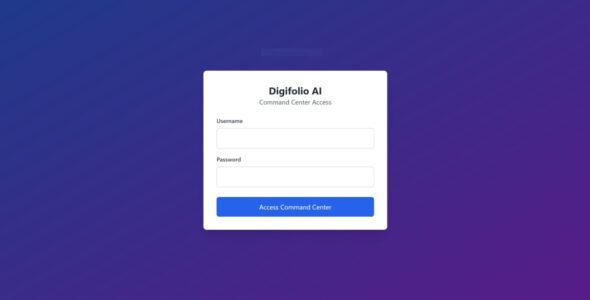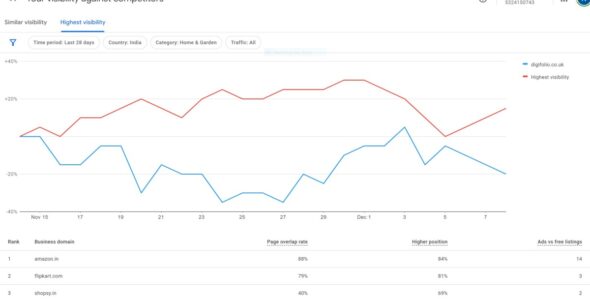Navigating Real Estate Data: Sources and Tools for Insights
In today’s digital age, data has become a powerful driver of success in almost every industry, and real estate is no exception. As the real estate market continues to evolve, professionals in the field are increasingly turning to data-driven insights to make informed decisions and gain a competitive edge. In this blog post, we will explore the various sources of real estate data available, as well as the tools and techniques that can be used to analyze and extract valuable insights from this vast sea of information.

Why Real Estate Data Matters
Before we delve into the sources and tools for real estate data insights, lets understand why data is essential in the real estate industry:
1. Market Trends and Analysis: Real estate data provides crucial insights into market trends, including property prices, supply and demand dynamics, and emerging neighborhoods. This information is vital for making informed investment decisions.
2. Customer Behavior and Preferences: Data analysis allows real estate professionals to understand customer behavior, preferences, and pain points. With this knowledge, they can tailor their services to meet the specific needs of their target audience.
3. Risk Assessment: Investing in real estate involves inherent risks. Data-driven risk assessment helps stakeholders evaluate potential investments more objectively and minimize potential pitfalls.
4. Competitive Intelligence: Access to comprehensive data enables real estate professionals to stay ahead of the competition by identifying unique selling points and opportunities in the market.
5. Performance Tracking: By analyzing data on property listings, marketing efforts, and customer feedback, real estate businesses can continuously improve their operations and performance.

Sources of Real Estate Data
1. Multiple Listing Service (MLS): The MLS is a comprehensive database used by real estate agents to share property listings. It contains detailed information about properties, including location, size, features, and photos.
2. Public Records: Government agencies maintain public records of property transactions, tax assessments, and ownership details. Accessing this information provides valuable historical data on property sales and prices.
3. Census Data: Census data offers demographic information, population trends, and economic indicators for specific regions. This data is invaluable for understanding local market dynamics.
4. Real Estate Portals and Websites: Online platforms like Zillow, Trulia, and Redfin collect and provide real estate data, including property listings, market trends, and neighborhood information.
5. Social Media and Web Analytics: Social media platforms and web analytics tools offer insights into customer behavior, preferences, and engagement with real estate content.
6. Real Estate Surveys: Surveys conducted by industry organizations and research firms can yield valuable insights into consumer preferences, market sentiment, and industry trends.
Tools for Real Estate Data Analysis
1. Data Visualization Tools: Tools like Tableau, Power BI, and Google Data Studio help visualize complex real estate data through interactive charts, graphs, and maps, making it easier to identify trends and patterns.
2. Real Estate Market Analysis Software: There are specialized software solutions designed for real estate professionals that provide market insights, property valuations, and demand-supply analysis.
3. Customer Relationship Management (CRM) Systems: CRM systems like Salesforce or HubSpot allow real estate agents to track customer interactions and preferences, aiding in personalized services.
4. Predictive Analytics Software: Predictive analytics tools use historical data to forecast future real estate market trends, enabling better decision-making for investors and agents.
5. Geographic Information Systems (GIS): GIS tools like ArcGIS help visualize and analyze spatial data, allowing real estate professionals to assess location-specific factors and make informed decisions.
6. Natural Language Processing (NLP) Tools: NLP tools can analyze unstructured data from sources like social media and web comments to understand customer sentiment and opinions.

Best Practices for Real Estate Data Analysis
1. Data Accuracy and Integrity: Ensure the data you use is accurate and reliable. Inaccurate data can lead to flawed analyses and misguided decisions.
2. Data Security and Privacy: Handle sensitive customer data with utmost care and adhere to data privacy regulations.
3. Integration of Multiple Data Sources: Integrate data from various sources to gain a comprehensive understanding of the market and customer behavior.
4. Regular Updates: Real estate data is dynamic, and trends can change rapidly. Regularly update your data to ensure you are working with the most current information.
5. Collaboration and Communication: Foster a culture of data-driven decision-making within your real estate team. Encourage collaboration and open communication about data insights.
Conclusion
In today’s information-driven world, navigating real estate data is crucial for success in the industry. By tapping into various data sources like MLS, public records, online platforms, and surveys, real estate professionals can gain valuable insights into market trends, customer preferences, and investment opportunities. Using data analysis tools such as data visualization software, predictive analytics, and CRM systems, they can extract meaningful patterns from the data and make informed decisions that lead to growth and profitability. Embracing data-driven strategies is no longer a choice; it is a necessity for those aiming to thrive in the ever-evolving landscape of real estate.





